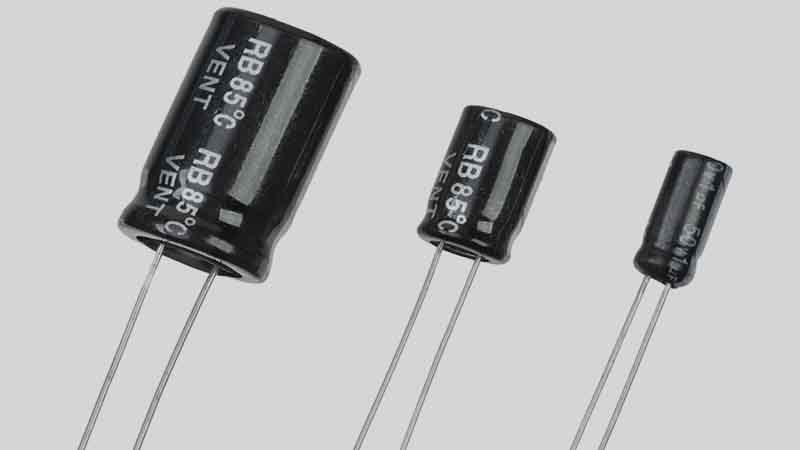A step-down transformer is what you’ll find in virtually every electrical appliance in your household. In fact, most electronic components and devices require a step-down transformer to reduce the amount of voltage that flows through them. Since household power circuits tend to have a lot of voltage flowing through them, this voltage must be reduced by the time it reaches your electronic devices.
Functions
Therefore, a step-down transformer takes high voltage and converts it into low voltage. In more technical terms, the high voltage is the primary voltage and the low voltage conversion is the secondary voltage. In order to make this happen, the primary coil has more winds around it than the secondary coil. The result is lower voltage with a much higher electric current.
This is the opposite of what you’d find in a step-up transformer, which has more winds around the secondary coil than the primary coil. A step-up transformer is meant to increase voltage by having the coils wound in this way. You would only use a step-up transformer to power up heavy-duty appliances and electrical devices, such as electric motors. But for your average household electronic device, a step-down transformer is what you need.
Working Principle
The working principle of a step-down transformer is electromagnetic induction. The transformer is able to perform a transmission action because of the induction between the primary coil windings and the secondary coil windings. The intensity of the electro motive force induction of the primary coil winding and secondary coil winding is dependent on the number of times the coils were winded around the iron core. This gives us a “turn ratio.”
The primary coil and secondary coil of the step-down transformer has a turn ratio that determines its ability to reduce voltage. If the secondary coil has fewer windings than the number of primary coil windings, then voltage can be reduced a lot more. As a result, there is less electro motive force in the secondary coil in comparison to the primary coil. In other words, the voltage starts to weaken as it gets closer to the secondary coil.
Types of Step-Down Transformers
The three types of step-down transformers are the single-phase step-down transformer, center tapped step down transformer, and the multi tapped step down transformer.
The single-phase step-down transformer reduces the input voltage and electric current ratings.
The center-tapped step-down transformer has a primary winding, but a secondary winding with a center split. This means the output voltage comes from the center.
The multi-tapped step-down transformer has multiple taps in the secondary coil. If you’re trying to get your secondary coils to have a specific output, then multiple tapping is needed.
Advantages of Using a Step-Down Transformer
A step-down transformer offers several advantages over a step-up transformer. The main advantage is its ability to reduce voltage in order to protect electronic devices and prevent them from getting damaged. Also, whenever you have reduced voltage, the transmission of energy is simpler and less costly. Other advantages include more durability and reliability. As a result, the average step-down transformer has over a 99% efficiency rate. That is amazing.
Read also:
- The Difference Between Step-up and Step-down Transformers
- 7 Different Types of Resistors and Color Code Explanation
- The Different between OTL and OCL Power Amplifiers
Disadvantages of Using a Step-Down Transformer
Step-down transformers tend to malfunction more often. They require more maintenance than step-up transformers. If you don’t perform this maintenance, then your step-down transformer could suffer irreparable damage. It also takes more time to perform fault rectification.
Overall, the advantages outweigh the disadvantages. The step-down transformer is the best solution for the average residential electronic user. But if you still have questions or confusion about whether a step-down transformer is right for your electronic components or appliances, then consult with an electrician.




